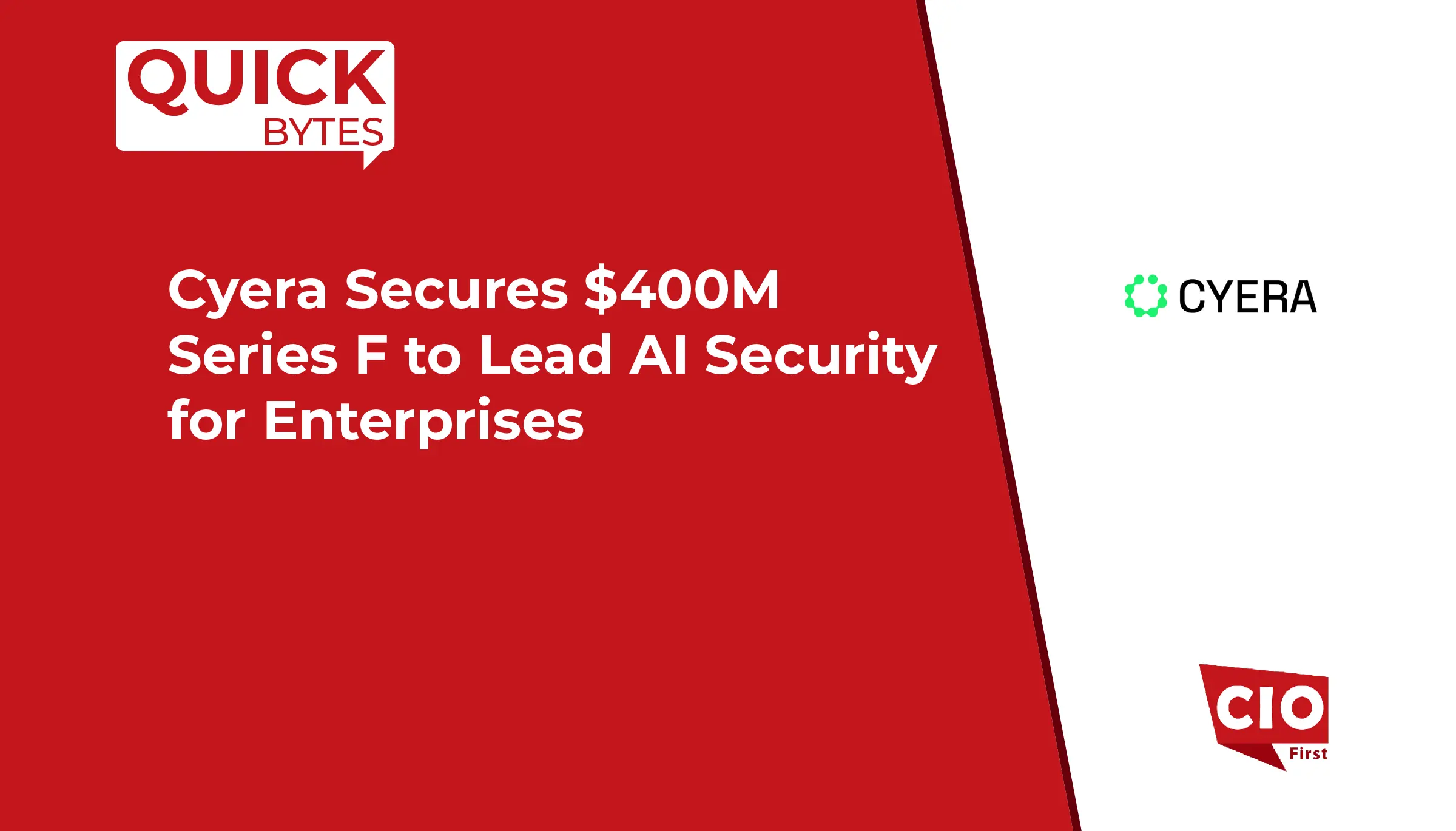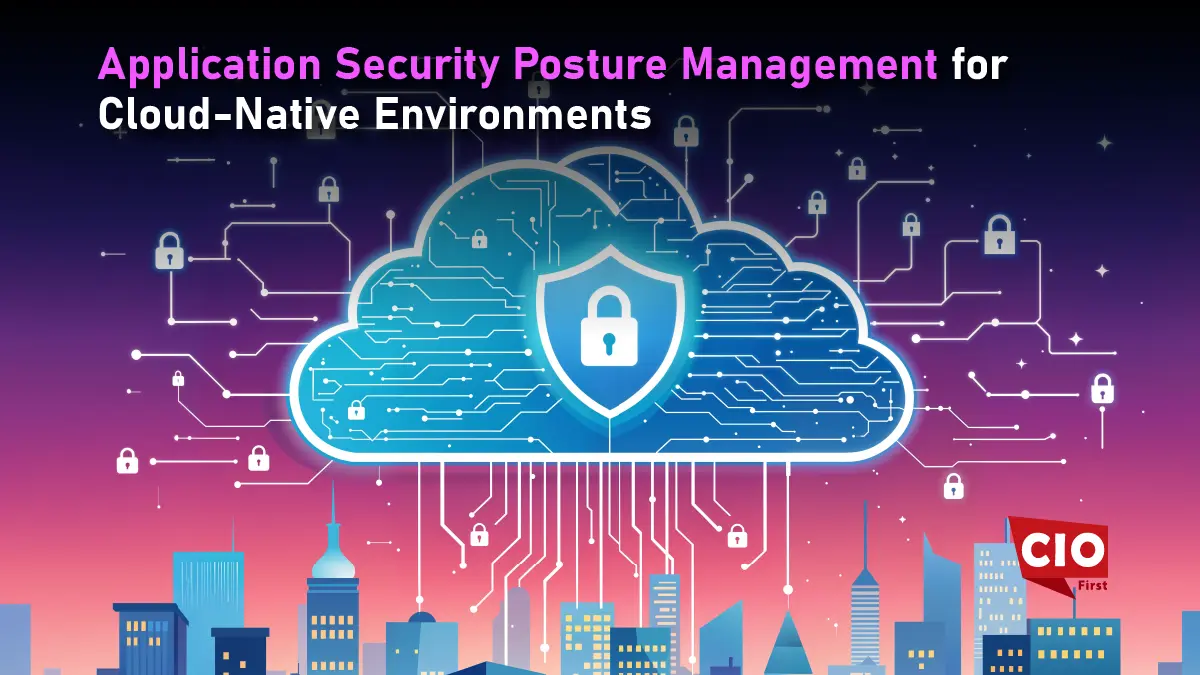Since many enterprise edge computing strategies are still in their infancy, edge security can also seem to be a new, potentially dangerous area. The threat surface and general complexity of an organization do increase due to edge computing’s highly distributed nature. Edge, however, need not be feared or considered insecure; instead, security must be given the correct priority, just like in cloud and on-premises systems.
Edge computing has the potential to increase complexity, which can make protecting the system as a whole more challenging. Edge computing is not, however, intrinsically less secure. The major edge security threats—compromised credentials, malware and other malicious code, DDoS attacks, and so on—should be recognizable.
Here are three concerns businesses should concentrate on when developing their overall edge computing strategy to ensure they prioritize security and achieve their objectives.
Edge security requires a flexible/hybrid approach
Regarding the risks and defenses against those threats, modern edge security is seen as “nothing new”; the only difference is that they are occurring in more locations than ever before.
Industry experts emphasize the demand for security technologies and procedures that are intrinsically adaptable and hybrid in nature, i.e., able to function everywhere. The fundamental concepts of flexibility, agility, and control also apply to businesses that are already developing or managing a hybrid cloud infrastructure.
Organizations now have a much more adaptable architecture where security enforcement can occur anywhere inside the enterprise network and is not only dependent on the cloud, thanks to hybrid compute and hybrid security enforcement designs.
Although the installation and growth of business edge architectures will necessarily demand security tools and policies that go where they are needed — not just on-premises or in a cloud but potentially everywhere — security strategy can still be cloud-first. Edge computing could therefore help a business become more flexible and secure in the future, not less.
Today’s knowledgeable and foresighted CIO should choose a hybrid secure compute model that can travel wherever their firm needs security to go in order to avoid security lock-in. A flexible IT model that can be secured where necessary will be crucial to benefit the organization.
Make it crystal clear who is in charge of what
Human teams and technical assets are both becoming increasingly dispersed. Businesses must make sure their edge security strategy takes that into consideration. Firms must ensure the lines of responsibility are clear so that, in the event of a breach, it is evident who is in charge of what because edge computing assets can reside in many physical locations and be owned by various groups.
Also Read: Three Key Supply Chain Issues to Watch in 2022
Firms must ensure the central security team is aware of the scope of the organization’s edge strategy and implementation if all of that will ultimately fall under their purview. Otherwise, hubris or false assumptions could result.
Suppose a central organization is in charge of system security. In that case, companies must make sure that they have access to all system components, from the edge to the cloud, so they can react fast wherever an attack can occur.
Also Read: Cloud Migration Challenges Faced by Enterprises
The good news is that edge basics also apply to edge security
Each of the fundamental elements of a comprehensive, goal-oriented edge strategy contributes to the development of an edge security plan. Businesses cannot safeguard what they cannot see, and they are unable to remedy issues if they are not made aware of them. In IT security, ignorance never leads to happiness.
Visibility leads to insight; which businesses can use to develop their edge security strategy properly. Other elements like standardization and consistency of things like OS configurations are essential, as well as monitoring and observability. When enterprises have to deal with a lot of one-offs or snowflake patterns in their edge apps and infrastructure, edge security becomes significantly more difficult.


























